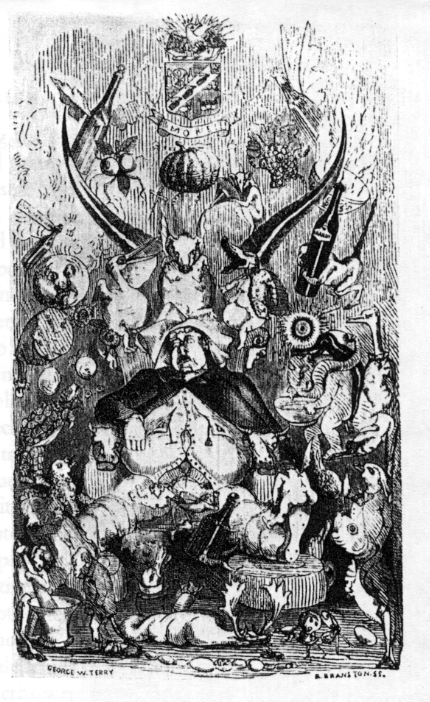The Making of a Rural New England Icon
1800 to 1860With greater wealth and stability, Americans began to be choosier about what they ate. Because squash had more flavorful meat, people ate it on a regular basis, which made it economically viable in the marketplace and a product of urban as well as rural homes. The field pumpkin was different. It was poorer tasting but also prolific. Many farmers kept field pumpkins in production for livestock fodder, but these pumpkins had little to no value in the market. As a result, Americans began to associate field pumpkins with a subsistence farm economy and an old fashioned way to make a living off the land. With the switch from farming to manufacturing jobs and the expansion of cities, many Americans became both nostalgic for the simple rural way of life the field pumpkin represented and mocking of the small-scale farmers who grew them.
|
Changing Name and Face of PumpkinsThe orange field pumpkin becomes the pumpkin and varieties, such as zucchini and acorn, that Americans once also considered pumpkins, were relegated to squash.
|
Infamous Pumpkin:
|
Famous Pumpkin:
|
Cinderella
Unknown artist, "Cinderella," nineteenth century, in Cendrillon at Parson’s Nose by William Goldstein. Hometown Pasadena, October 18, 2012. http://hometown-pasadena.com
|





